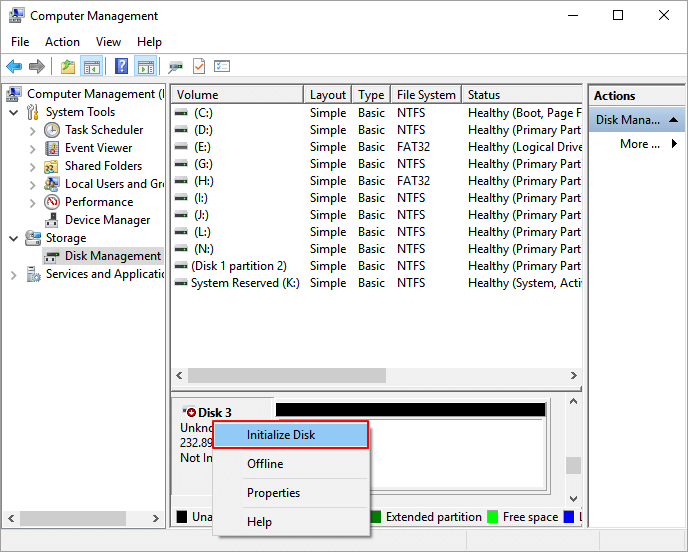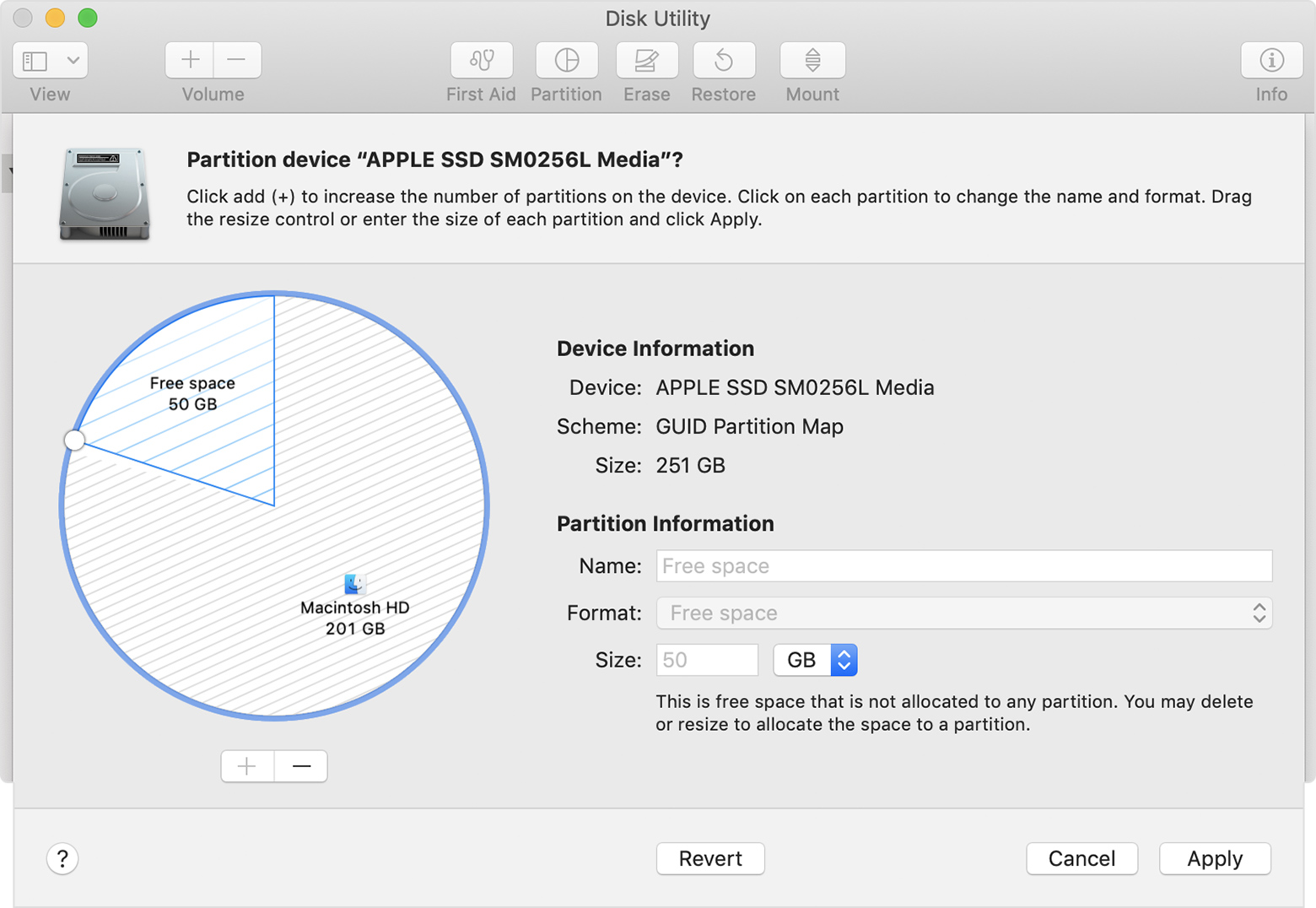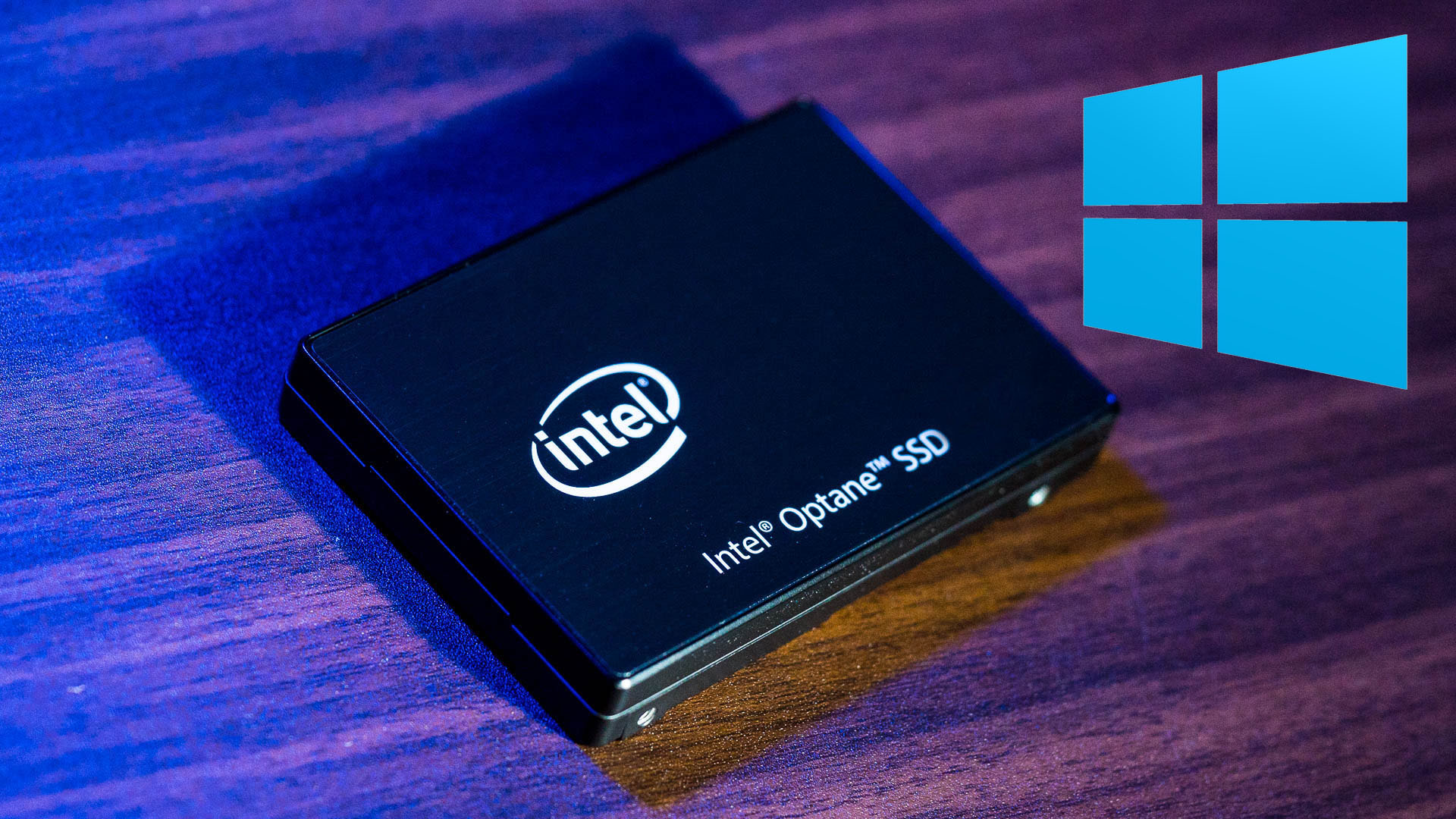
- Format a windows ssd for mac use mac os#
- Format a windows ssd for mac use portable#
- Format a windows ssd for mac use Pc#
- Format a windows ssd for mac use mac#
Two versions are available: AweEraser for Windows, AweEraser for Mac. It can help you format a hard drive and permanently erase all data on the hard drive, beyond the scope of data recovery.
Format a windows ssd for mac use mac#
No.2 disk formatting tool for Windows and Mac – AweEraserĪweEraser is a secure data eraser. However, the formatted data can be recovered by data recovery software.


If you are using a Mac, you can run the built-in Disk Utility to quickly format a hard drive or external hard drive under Mac OS. For Windows, it offers quick format feature when you right-click the hard drive on the computer.
Format a windows ssd for mac use mac os#
No.1 disk formatting tool for Windows and Mac – Built-in Formatting toolīoth Windows and Mac OS offer built-in disk formatting tool. And they will never cause any damage to your hard drive or shorten the service life of the hard drive/SSD/USB flash drive, etc. They will efficiently format hard drive or external device under Windows or Mac OS. Don't worry, the top 5 disk formatting tools below are 100% safe disk formatting tool for Windows or Mac OS. whether the formatting process takes very long time to complete 2 whether the formatting operation would cause damage or shorten the service life of the hard drive. When you format a hard drive, you may worry about two things: 1. Top 5 Disk Formatting Tool for Windows/Mac
Format a windows ssd for mac use Pc#
In this article, we will introduce 5 disk formatting tools for Windows and Mac to help you securely format hard drive/USB flash drive or memory card on a PC or a Mac. It removes the 4GB file size limit and the 2TB partition size limit of FAT32 drives and is generally considered a better alternative for flash storage.If you want to format a hard drive or USB flash drive on your computer, disk formatting tool is the best choice. While you can only use an Apple file system like APFS and Mac OS Extended for your main system drive, another file system is also worth considering for external drives-ExFAT.ĮxFAT is an older file system from Microsoft, intended to replace the even older FAT32 file system used with Windows system drives before the switch to NTFS in Window XP. You can format a drive with HFS+ using the macOS Disk Utility app, which you can launch from the Launchpad ( Other > Disk Utility). With that in mind, and for cross-compatibility, you may decide to use HFS+ over APFS. If you’re using an older, mechanical drive with a disk platter, those enhancements may seem largely minimal or non-existent.
Format a windows ssd for mac use portable#
Many of the speed and performance enhancements that APFS brings rely on using a high-speed SSD or portable flash memory drive. Other than functionality, however, there are still a few legitimate reasons why you’d choose HFS+ over APFS-the biggest reason depends on the type of drive you use. You’ll also need to consider Mac OS Extended if you’re using older and newer Macs together, as older versions of macOS won’t support APFS.

You’ll need to use HFS+ if you plan on formatting a second hard drive or portable flash drive for use as a Time Machine backup-APFS drives won’t work. While Mac OS Extended (HFS+) is no longer the default file system for macOS installations, it hasn’t been completely abandoned by Apple, and it’s still a useful option for macOS users under certain conditions.Īs we’ve mentioned, HFS+ is the default file system of choice for macOS Time Machine backup drives. Choosing Mac OS Extended (HFS+) for Hard Drives However, for most users, APFS is the only file system they’ll need or want to use – but only if they’re (only) using modern Mac devices. If you attempt to use an APFS-formatted drive, macOS will want to format it to HFS+ before you can proceed.Īlong with APFS and Mac OS Extended (also called HFS+), you also have other file systems that can be used for external drives, including cross-platform options like ExFAT. macOS continues to use the HFS+ file system for Time Machine drives for the time being. If you back up your Mac using Time Machine, you won’t be able to use APFS, either. If you have an older Mac, you’ll need to keep using Mac OS Extended or use an alternative like ExFAT instead.

The biggest downside to using APFS is that Macs with older macOS versions (macOS 10.12.6 Sierra and older) can’t read, write, or otherwise access drives that use it.


 0 kommentar(er)
0 kommentar(er)
